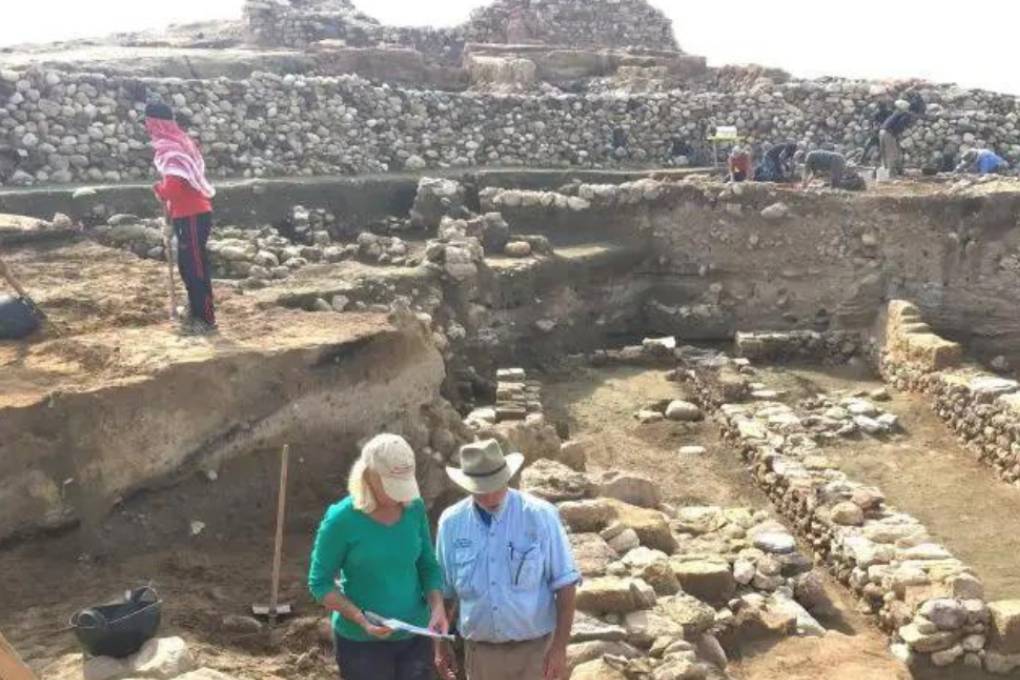Recent discoveries in Australia have unveiled significant findings that enhance our understanding of marine ecosystems and human history. These findings, particularly in the realms of marine biology and archaeology, highlight the richness of Australia’s natural and cultural heritage. Here are the key findings from these exciting discoveries.
Discovery of a Massive Coral Reef
One of the most remarkable discoveries is the identification of a colossal detached coral reef in the Great Barrier Reef, which was announced by the Schmidt Ocean Institute. This reef, measuring over 500 meters in height, is the first of its kind to be discovered in over 120 years.
Key Features of the Coral Reef
Dimensions: The reef’s base spans 1.5 kilometers wide and rises to a shallow depth of just 40 meters below the sea surface. It is taller than many iconic structures, including the Empire State Building and Sydney Tower.
Ecosystem Significance: This newly discovered reef adds to the existing knowledge of the Great Barrier Reef, which is already home to diverse marine life. The mapping and exploration of this reef will contribute to a better understanding of its role within the World Heritage Area.
Technological Advancements: The discovery was made possible through advanced underwater mapping technologies and the use of remotely operated vehicles. This allows scientists to explore and document previously unknown structures in the ocean, emphasizing the ongoing potential for marine discoveries.
Dr. Robin Beaman, who led the research team, expressed excitement about the findings, stating that the ability to visually map and explore this reef in detail is unprecedented. The discovery not only enhances our understanding of the Great Barrier Reef but also underscores the mysteries that lie just beyond Australia’s coastline.
Archaeological Insights from Timor
In addition to marine discoveries, archaeological findings in Timor have provided new insights into the timeline of human migration to Australia. Recent excavations at the Laili rock shelter revealed a sterile layer of sediment, which has been crucial in dating human occupation in the region.

Important Findings from the Excavation
Dating Human Occupation: The research indicates that humans began occupying Timor no earlier than 44,000 years ago. The sterile layer beneath this occupation layer dates back to between 54,000 and 59,000 years ago, providing a clear timeline for when humans arrived in the region.
Cultural Artifacts: The excavation unearthed various artifacts, including stone tools and remains of animals, suggesting a rich cultural and subsistence lifestyle among early inhabitants.
Migration Pathways: These findings challenge previous assumptions about migration routes to Australia. The evidence suggests that if humans arrived in Australia around 65,000 years ago, they likely did not travel through Timor, indicating alternative migration pathways may have been used.
Sue O’Connor, an archaeologist involved in the research, emphasized the significance of these findings in understanding the patterns of human movement and settlement in the region. The discovery of the sterile layer has provided a critical reference point for future archaeological studies.
Implications of the Discoveries
The discoveries in both marine and archaeological contexts have far-reaching implications for our understanding of biodiversity and human history in Australia.
Environmental Significance
The identification of the new coral reef highlights the ongoing need for conservation efforts in marine environments. As climate change and human activities continue to impact ocean ecosystems, understanding these newly discovered structures is vital for their protection and management.

Historical Context
The archaeological findings in Timor contribute to a more nuanced understanding of human migration patterns in Southeast Asia and Australia. They challenge long-held beliefs and open new avenues for research into the early inhabitants of the continent.
Conclusion
Australia’s recent discoveries in marine biology and archaeology not only enrich our understanding of the natural world but also provide critical insights into the history of human migration. As researchers continue to explore these areas, we can expect further revelations that will deepen our appreciation for Australia’s unique ecological and cultural landscapes. The combination of cutting-edge technology in marine exploration and rigorous archaeological methods promises to unveil even more secrets of the past, shaping our understanding of the present and future.
Explore Creative Recycling Ideas for an Eco-Conscious Life. Transform everyday items into useful products, reducing waste while embracing an eco-conscious lifestyle. Unleash your creativity today!
